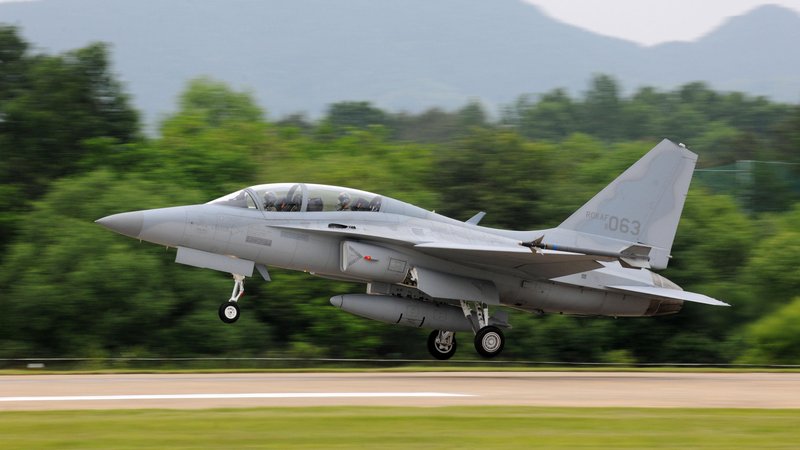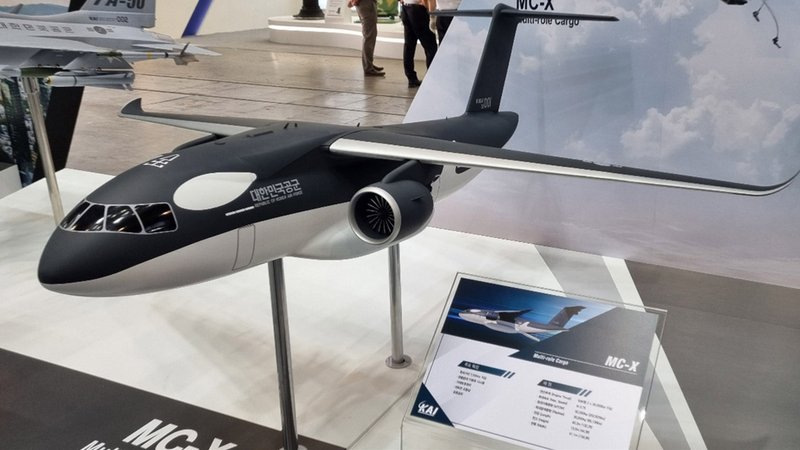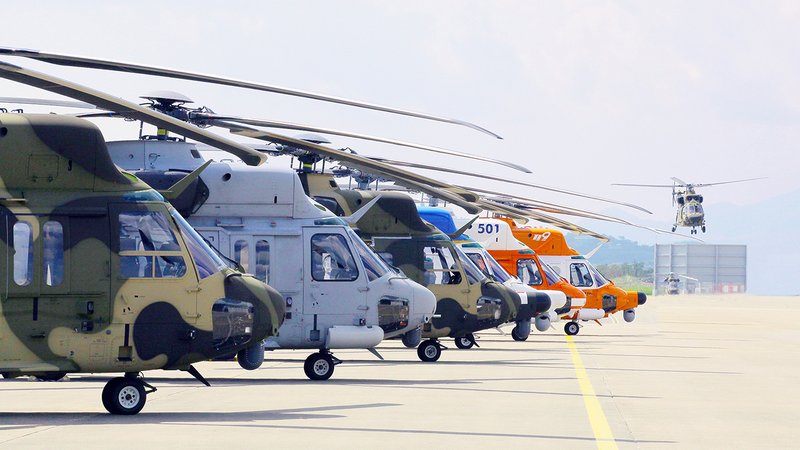Is South Korea now a one-stop shop for military aircraft exports?
Korean aerospace has enjoyed several extremely successful years. From a domestic sector with a largely ‘recipient’ and ‘user’ status, it has developed into a well-regarded provider of advanced aerial systems and a strong participant in international markets.
Given the Western history of defence technology development and its ubiquity in many markets, it is easy for Americans and Europeans to forget that the ability to design and develop fighter aircraft, trainers, helicopters and UAS is something possessed by only a handful of nations... Continues below
Newsletter Sponsors:

Above: KAI’s major export success so far has been the T-50 series of advanced trainer and light attack aircraft. (Photo: KAI)
Korea Aerospace Industries (KAI), working variously with Korean Air’s aerospace division, Hyundai Rotem and others has become the core of the South Korean high-end industry base. After decades of effort and not a little support from foreign partners, the country has undoubtedly ‘arrived’ at the international level.

With the world becoming again divided along political lines, Seoul sits in the enviable supplier position of plausible neutrality. Alongside Brazil, Sweden and Turkey it has a strong opportunity to expand its position across multiple markets.
The obvious poster child for KAI is the KF-21 fighter aircraft. Advertised as a ‘late fourth generation’ (4th++) aircraft, it is pitched as a lower-cost version of the F-35 with slightly larger radar cross-section but arguably greater cost-effective utility for most air forces.
Although the KF-21 effort was assisted by Lockheed Martin, uses a degree of imported systems and is co-funded by Indonesia, KAI can rightly claim that it is an indigenous product. This follows on the heels of the extremely successful T-50 series of advanced trainer/light combat aircraft that has a growing user base. The aircraft arrived at an opportune time in the global trainer procurement cycle and will undoubtedly enjoy further sales.
But focussing on these aircraft tends to obscure what is a deeper and wider capability base and product portfolio. It also overlooks one of KAI’s key strengths, as mentioned above, of providing an acceptable development partner for states wishing to keep open their defence-industrial options. This is a positioning that is – or should be – worrying some of the more established aerospace companies.

Perhaps best illustrative of this is the putative MC-X, a tactical transport programme agreed between KAI and the UAE’s Tawazun defence agency that will see the latter government contribute over $3 billion to its development.
The UAE is already a customer for Korean military systems in the shape of air defence missiles and rocket artillery, and like many states in the region has a stated desire to become a technology developer rather than simply an operator.

Above: KAI is partnering with the UAE to develop the MC-X tactical transport aircraft. (Photo: KAI)
Tactical airlift meanwhile is a competitive but lucrative market that no one has quite managed to dominate: there is a ten-tonne payload space for which the C-130 is a little large and the C-27 and C295 a little slow. The Embraer-Saab C-390 niche is the obvious target.
The move towards a twin-turbofan tactical transport is well supported by a wide portfolio of products. Early in its history, KAI began looking at the training aircraft market and has basic and advanced trainers competing directly with better-known designs used across the NATO and allied world.

While often generating little publicity, these are a strong ‘market-entry’ product and despite a move towards the ‘live, virtual and constructive’ approach to training, these aircraft remain in high demand. Coupled with this is a significant training and support services offering where the company can provide air and ground crews where customer forces lack the knowledge and resources to make best use of the aircraft.
Concurrent with the initial T-50 effort from the early 2000s, KAI has also been developing – albeit with less export success so far – the KUH-1 Surion medium helicopter series. Although this is an entrant in a crowded market, its widespread use by domestic military and government operators gives it the approbation necessary to interest future buyers.

Above: The KUH-1 has been ordered in large quantities by Korean military and government customers but has yet to secure a firm export sale. (Photo: KAI)
Given potential market for replacement of US, European and Russian helicopters there is undoubtedly space for another rotorcraft of this size from a ‘neutral’ source.
Much the same can be said of UAS. KAI has several projects under way that could leverage the growing appetite for tactical UAV fleets among small and medium operators. As with Baykar and its now famous TB2, a non-NATO provider of advanced and US-compatible systems has significant opportunity to fit neatly among the more established companies.
For South American, African, Middle Eastern and smaller Asian markets this is a usefully apolitical provider and for those seeking – like the UAE – to participate rather than merely buy, KAI is an obvious partner for consideration.

Trillium Engineering specializes in the design and production of gimballed imaging systems for manned and unmanned aircraft. See Details
At present, South Korea has no publicly confirmed next-generation combat aircraft programmes, crewed or uncrewed. However, mock-ups of the Korean Unmanned System-Loyal Wingman (KUS-LW) indicate that official thinking is heading very much in this direction.
It is unclear whether the US would welcome Seoul as a partner for the USAF’s NGAD or USN’s F/A-XX next-generation fighters, or whether space might exist as a participant in the European GCAP or SCAF programmes.
However, what does seem likely is that the progress made by South Korean defence companies will increasingly elevate the country towards the status of a major competitor and possibly leader in some future technologies.
With the decline of Russian export potential and growing interest in new systems among smaller nations, the opportunity for providers such as South Korea is unlikely to diminish.
Don't want to miss out on future Decisive Edge content? Make sure you are signed up to our email newsletters.














